Surrealist art is some of the most fun and accessible art for students. It is so meaty and weird and creative that kids naturally gravitate towards it. Not only do my students love Surrealism, but I love to teach it! Check out these fun Surrealist games to get your students into the minds of the Surrealist artists.
Please note, this post includes Amazon affiliate links. As an Amazon Associate I earn from qualifying purchases.
What is Surrealism?

Surrealism encompassed a literary, intellectual, and artistic movement that developed in the 1920s and continued through the 1960s. Surrealist artists proposed that art should free the individual from the “rational” to express personal desires and release the mind from the shackles of conventional thought.
Surrealists were influenced by psychoanalyst Sigmund Freud’s theories of the struggle in the human mind between the conscious and the unconscious.
In this post, I also include some activities from the Dada art movement. Dada was a precursor to Surrealism, and many Dada artists became Surrealists.
7 Surrealist Games to Unlock Creativity
Surrealists often used art and word games to access the subconscious, their dreams, and their inner selves. Try these games out with your students. These are fun ways to understand Surrealism, but you could also use these games to spark ideas for student artworks.
Exquisite Corpse
Exquisite Corpse was a Surrealist game developed in the 1920s, in which sentences or drawings were created by a group of people – each person unaware of what previous players had written or drawn. The result is a collaborative, inspiring work of art.
To play, have each member of a group come up with a random word. One student comes up with an adjective, the next a noun, the next a verb, and so on. Then, have them put them all together to create crazy sentences. Take it a step further and have students design artworks about their new crazy sentences.
You can find a full Surrealism PowerPoint in The Curated Connections Library.
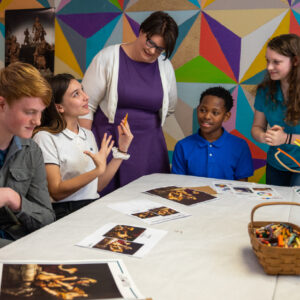
Get the Full Lesson!
This Lesson is in The Curated Connections Library!
Find the full lesson from this post along with hundreds of other art teaching resources and trainings in the Curated Connections Library. Click here for more information about how to join or enter your email below for a free SPARKworks lesson from the membership!
Definitions / Questions & Answer
Similar to Exquisite Corpse, have one person write a word on a piece of paper and then fold the paper to disguise the original word. The next person then writes a definition.
An alternate version of this is for one person to write a question and the next person writes an answer.
Telephone
Did you know you were practicing a Surrealist technique when you played Telephone growing up? Sit in a circle in a group, and have one person whisper a phrase to the person next to them. Each person then whispers what they hear until it makes it around.
I’ve also played a related board game with my friends called Telestrations. It’s a drawing version of the old game, telephone. You draw a phrase from the card and then pass it. The person you pass it to guesses what you drew. Then, they pass it for the next person to draw. You continue until the original artists get their booklet back. In the end, you compare the guesses and drawings to see how close to the original phrase you got. We had a great time with this! Lots of laughs. This game is rated for ages 12 and up.
Automatic Drawing
One strategy surrealists used was automatic drawing. On a blank piece of paper, have students draw continuously for several minutes without thinking about what they are going to draw. Let their hands flow freely over the paper without self-censorship.
Surrealist artists did this to let the subconscious take over. Hopefully, by freeing yourself from planning and censorship, your true psyche can be revealed.
You can also do automatic writing and automatic sculpture!
Reassemble Reality
Dadaists and Surrealists loved to use collage techniques to unlock new meaning in the world. I love this artwork by Hannah Hoch which comments on gender in the media. Even in 1919, we were revolting against unrealistic standards of beauty.
Notice how Hoch uses both text and images in her artwork.
Another Surrealist activity you could do is to write a dadaist poem. These instructions straight from Tristan Tzara, one of the leaders of the dada movement:
Take a newspaper.
Take a pair of scissors.
Choose an article as long as you are planning to make your poem.
Cut out the article.
Then cut out each of the words that make up this article and put them in a bag.
Shake it gently.
Then take out the scraps one after the other in the order in which they left the bag.
Copy conscientiously.
The poem will be like you.
And here you are a writer, infinitely original and endowed with a sensibility that is charming though beyond the understanding of the vulgar.
– Tristan Tzara
Create New Myths, Superstitions, and Proverbs
Surrealists enjoyed playing with reality and shattering expectations. For this activity, create a new myth, superstition, or proverb.
BONUS ACTIVITY: Turn your proverb into a meme!
What’s Wrong with this Picture?
“In a well-known game children are invited to examine a picture and find elements in it that are somehow “wrong”: A person standing in midair; a dog reading a book, etc. In our surrealist version of the game, first played on July 1988 at La Choza Restaurant on Paulina Street in Chicago, each player identifies the “wrong”, or anomalous elements in a ordinary, mass-circulation picture.” (Source: Arsenal: Surrealist Subversion, No. 4 by Franklin Rosemont)
Try the game with this picture. Be inspired by Surrealist artists and go for the ridiculous.
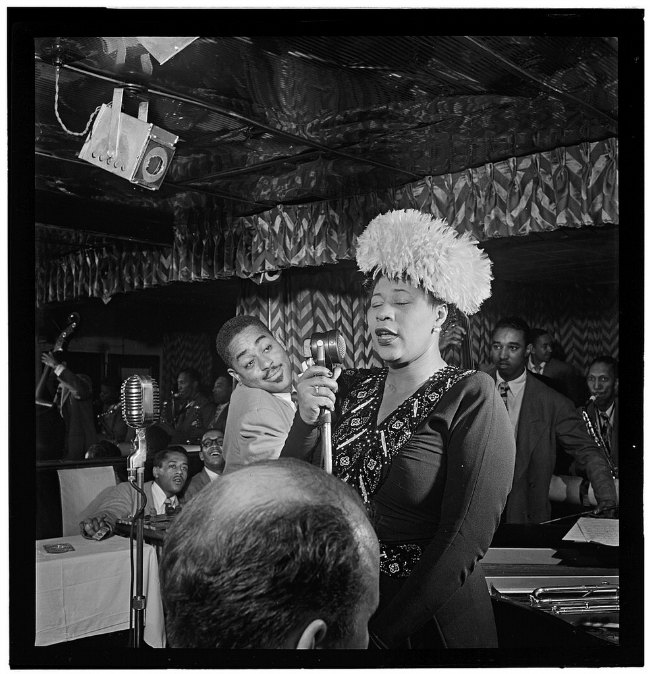
More Surrealist Games
A Book of Surrealist Games is a great collection of over 100 Surrealist games! I recently purchased it, and I’ve been having a fun time flipping through.
Surrealism (and Dada!) Lesson Downloads
I have a Surrealism lesson and a Dada lesson in The Curated Connections Library which includes some of these Surrealist games.

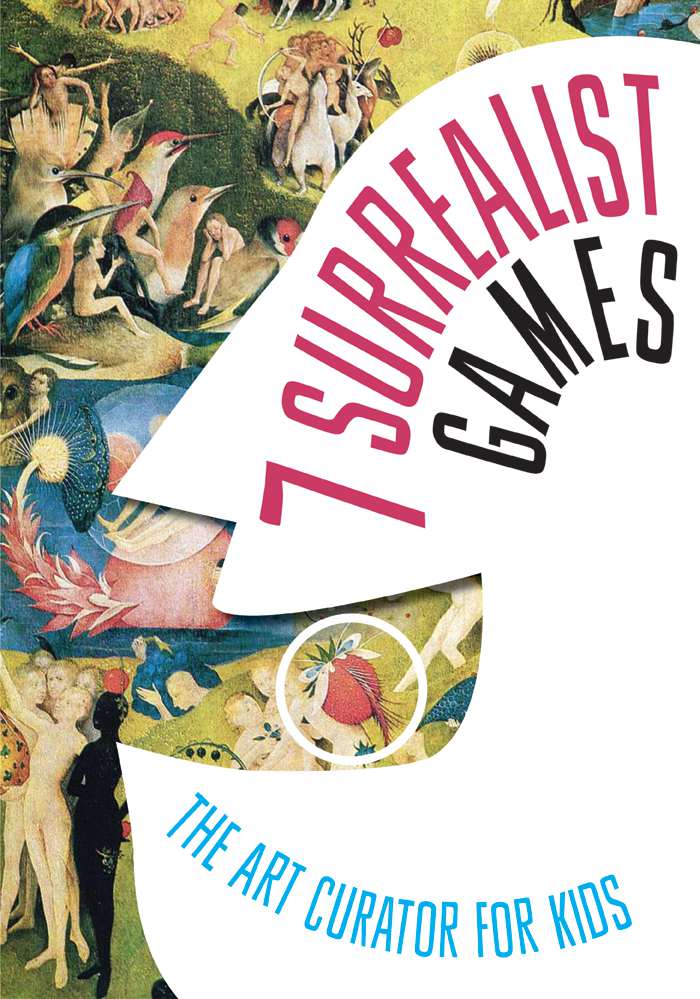
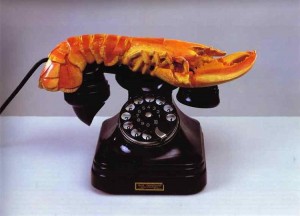
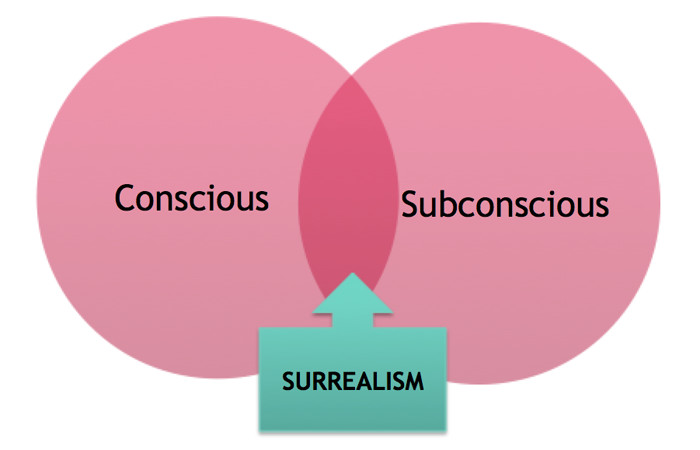


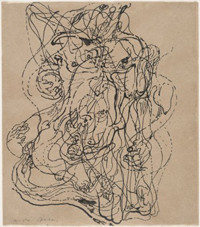
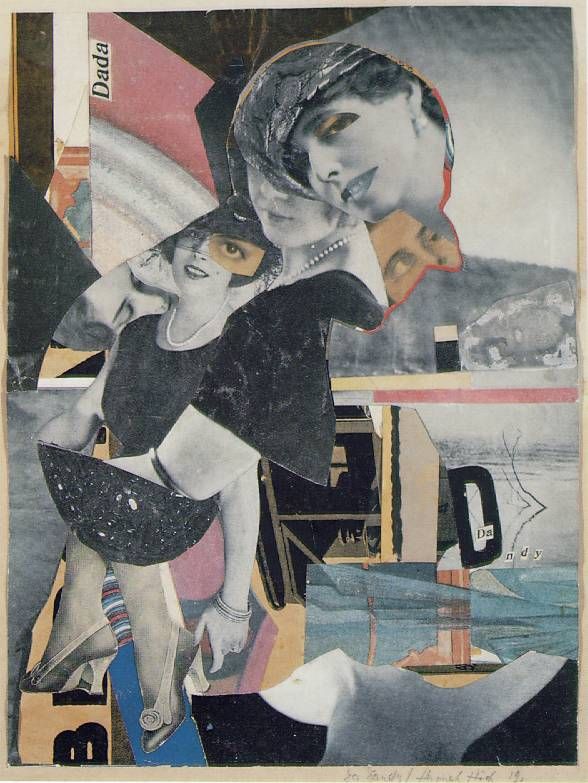
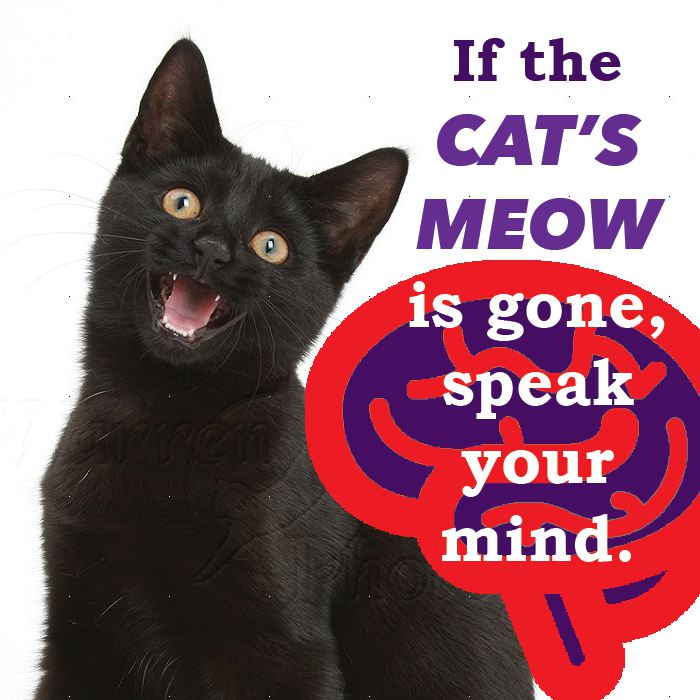

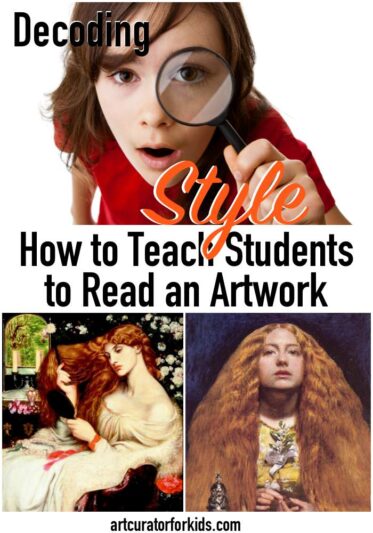
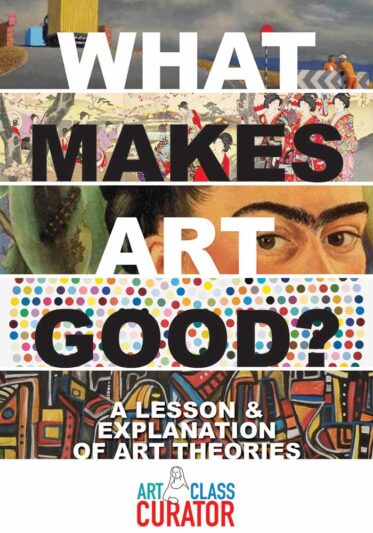
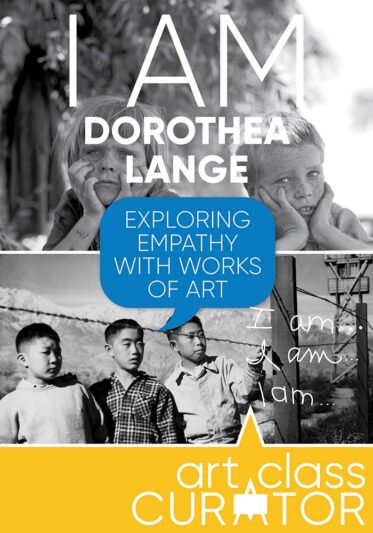
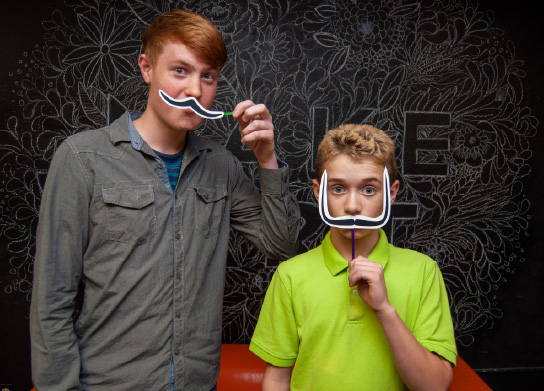
I am a teacher in Sydney Australia and teach art appreciation to primary school children from Kindergarten to Year 6 (5-12 year old). I have thoroughly enjoyed all your newsletters and used some of your printable activities for the students. Within our school curriculum we need to incorporate computer activities in some of our lessons. Do you know of any great sights the children can use with art appreciation lessons. I would also appreciate some activities on famous Australian artists. Any ideas on how to teach the Principles in art.
Check out http://www.artsconnected.org/toolkit/index.html. It has some great elements and principles games and activities for kids!
Hi, I am an art teacher in Dubai. Can you please give me some simple fun starter activities I could do with my primary classes on surrealism?
Thanks!
Exquisite Corpse: Have every student fold a paper into thirds. Each draws a head of some kind in the top third and allows the lines for the neck to continue over the crease. It’s passed to the next person who cannot see the previous drawing. They see only the 2 lines to continue into the body. They leave legs for the next person and pass on the drawing hiding both previous drawings. All the images are revealed at the end once the feet are complete. Typical reactions are surprise and delight.
I’d love to do Exquisite Corpse but how do you adapt games like this for distance learning?
Hey Pennie! When my students were fully virtual we played the game using Google slides. I created groups of 3, assigned them their body segments, then they got to creating! When done they had to snap a picture of their part, upload it to their slide where they could crop and resize if needed. Once all of the body segments were posted they entered breakout rooms (we use Google Meet) then talked with their peers to think of a name and a back story for their creature.
Hope this helped!